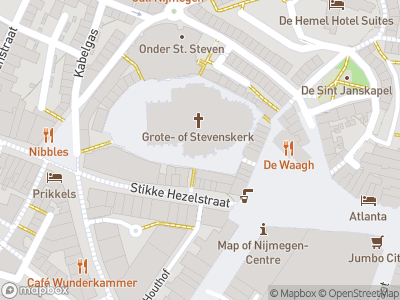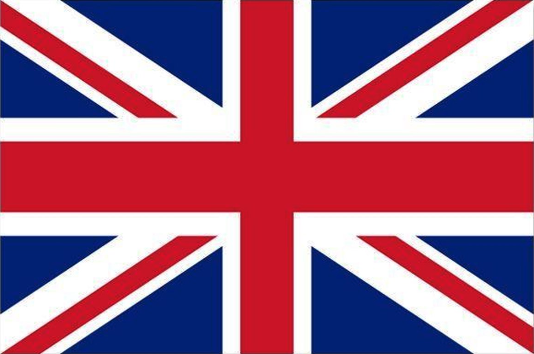The construction of the Stevenskerk began in 1254. It was built in the Romanesque style with tufa stone at first, as can still be seen from the lower part of the tower. The tower, the choir and the lovely Zuiderportaal (south portal) are fine examples of the later Gothic building-period.
City charter
The 13th century was a dynamic period for Nijmegen. The town had been granted a city charter in 1230 and was expanding rapidly. Building works crept along the Waalkade and up the hill, and the building of the Stevenskerk (St. Steven’s church) on top of the hill was the crowning glory. Furthermore, the big, imposing structure formed a nice counterpart for the massive Valkhof Castle on the other side of the city. Thus, the administrative and religious centres had their own seats.
Construction
Construction of the Stevenskerk began in 1254. It was built in the Romanesque style with tufa stone at first, as can still be seen from the lower part of the tower. In the centuries that followed, work continued on the church in the new architectural fashion, Gothic. The tower, the choir and the lovely Zuiderportaal (south portal) are fine examples of this. Building was suspended in 1591 and the church remained unfinished.
Tomb
In 1273 the church was dedicated to the Bishop of Cologne by Albertus Magnus, one of the greatest scholars of the Middle Ages, and consecrated to the first Christian martyr, Saint Steven. In a place of honour in the centre of the choir is the tomb of Catherine de Bourbon, Duchess of Gelre, who died in 1469. She left part of her wealth to raise the Stevenskerk to the status of collegiate church.
Iconoclasm
In the time of the Roman Catholics, the church was colourfully painted and filled with statues of saints. The iconoclasm in 1580 and the takeover of the church by the Protestants gave the interior an entirely different appearance. The church was emptied and whitewashed. Many art treasures and relics disappeared at that time, including the arm of Saint Steven.
Bombardment
The church suffered heavy damage during the bombardment of February 1944. The restoration work took 25 years.

















